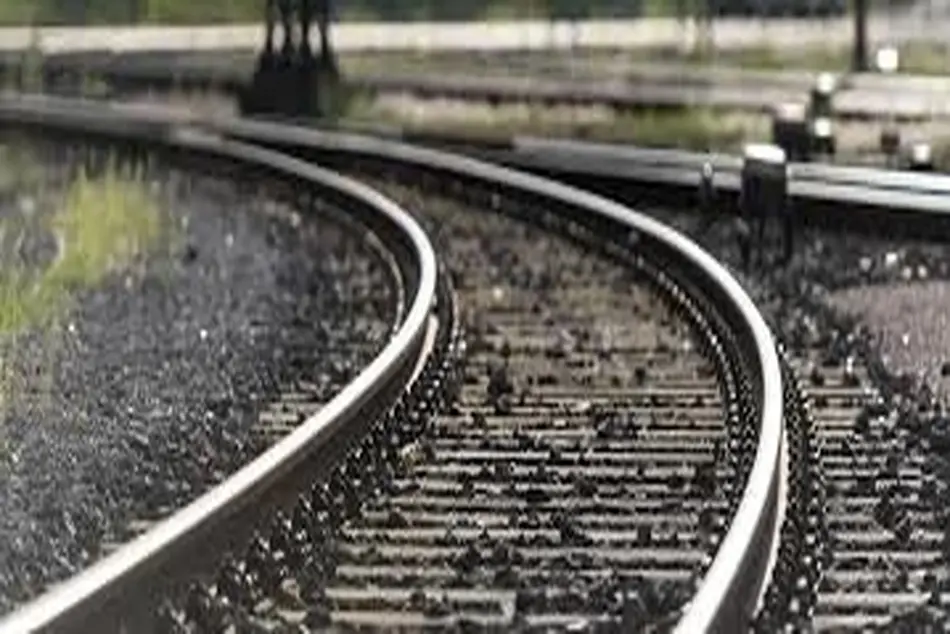Signalling to sidings: the state of BIM
Railway design engineers met in Copenhagen, Denmark for the annual Autodesk Rail Summit, where the construction technology firm hosted discussions on the implementation, challenges and innovation in Building Information Modelling (BIM).

Railway design engineers met in Copenhagen, Denmark for the annual Autodesk Rail Summit, where the construction technology firm hosted discussions on the implementation, challenges and innovation in Building Information Modelling (BIM).
Autodesk is a multi-sector multinational that provides software, in this case for architecture, engineering, and construction (AEC) professionals in the railway sector. Its suite of tools includes Civil 3D and Revit which allow users to visualise design data and test all kinds of railway infrastructure and signalling before building, and keep an accurate record of assets for maintenance.
Selling efficiency
The nature of data collected and utilised in the sector has changed from black-and-white drawings, to MX files and multi-coloured 3D visualisation uses – and that breeds both opportunity and challenges, as Martin Laursen of Banedanmark puts it.
The transport sector, and rail in particular, is key to growing global infrastructure spend – including signalling innovation like ETCS. But there is an efficiency problem with data in the field, according to Autodesk’s infrastructure business strategy director.
“We’re really challenged to how we manage that information and how we do that across the entire life cycle, and try to reduce the amount of data loss and make a more seamless experience for handling this information, and to do that in rail is complex,” Eric DesRoche said.
“It’s much more complex than a lot of other projects we see in infrastructure, and that’s because often you’re not building a brand new rail system, you’re retrofitting or upgrading or improving existing infrastructure, and you’re constrained to that corridor, so you don’t have the same luxuries you do in other transportation systems, like airports and roads and highways,” he explained.